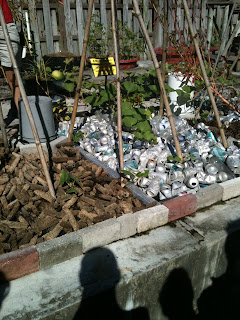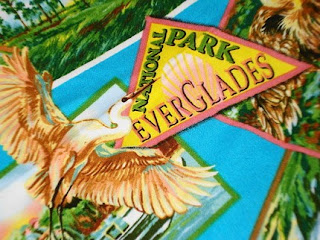 |
| My results! |
 When I first starting taking the sustainability test, I thought my score was going to be good. I thought I can't possibly use that many resources. I'd say my home is the most sustainable aspect of my life. My boyfriend has all energy efficient appliances, efficient air conditioner, and uses efficient light bulbs. We recycle everything that is recyclable, so I think it's safe to say our home itself is energy efficient. But, the way we live is not so energy efficient. We go out to eat more than we don't. We eat a lot of junk food. I drive everywhere, especially to school and back. My boyfriend and I thought that we could maybe make some changes to live a more sustainable lifestyle, especially in transportation and food
When I first starting taking the sustainability test, I thought my score was going to be good. I thought I can't possibly use that many resources. I'd say my home is the most sustainable aspect of my life. My boyfriend has all energy efficient appliances, efficient air conditioner, and uses efficient light bulbs. We recycle everything that is recyclable, so I think it's safe to say our home itself is energy efficient. But, the way we live is not so energy efficient. We go out to eat more than we don't. We eat a lot of junk food. I drive everywhere, especially to school and back. My boyfriend and I thought that we could maybe make some changes to live a more sustainable lifestyle, especially in transportation and foodconsumption.
My Consumption...
1. Energy usage- My boyfriend and I have three fish tanks that have lights on them all day, we probably watch an hour or two of television each day, the water softener for our well has a timer that runs all day, the washer and dryer, lights being turned on and off, the air conditioner (even though energy efficient), the hot water heater, driving places in our cars, etc. This is just some of the energy we use on a daily basis.
2. Fuel usage- The only thing I can think of that requires fuel is my vehicle, all the appliances in my house are electric. Even though that's the only thing that I use that needs fuel, I still need a tank of gas every week and my gas tank can hold 11 gallons at a time.
3. Food intake- I probably, on average, eat 3 or 4 times a day. I sometimes will eat at a salad and soup place, but mostly eat where it is quick to grab something. Being a college student, I really don't have the time to cook, so I just grab whatever is convienent.
4. Water Use- I take a shower once a day for probably about 20 minutes. I know I could probably be quicker if I stopped shaving everytime I showered, but I don't think I really want to do that. I also rinse dishes before putting them in the dishwasher, wash my hands at least 7-10 times a day, if not more. We have a timer set to water the grass, usually only during the winter months. We also have three fish tanks that get a water change weekly.
5. Packaging- I eat out probably about 7 to 8 times a week. That is a lot of packaging I throw away once all the food is gone. We get mail everyday, whether it be just advertisements or bills it all gets thrown away eventually. When I go to the grocery store I get my groceries in plastic bags, most of the time.
Picture websites…













































